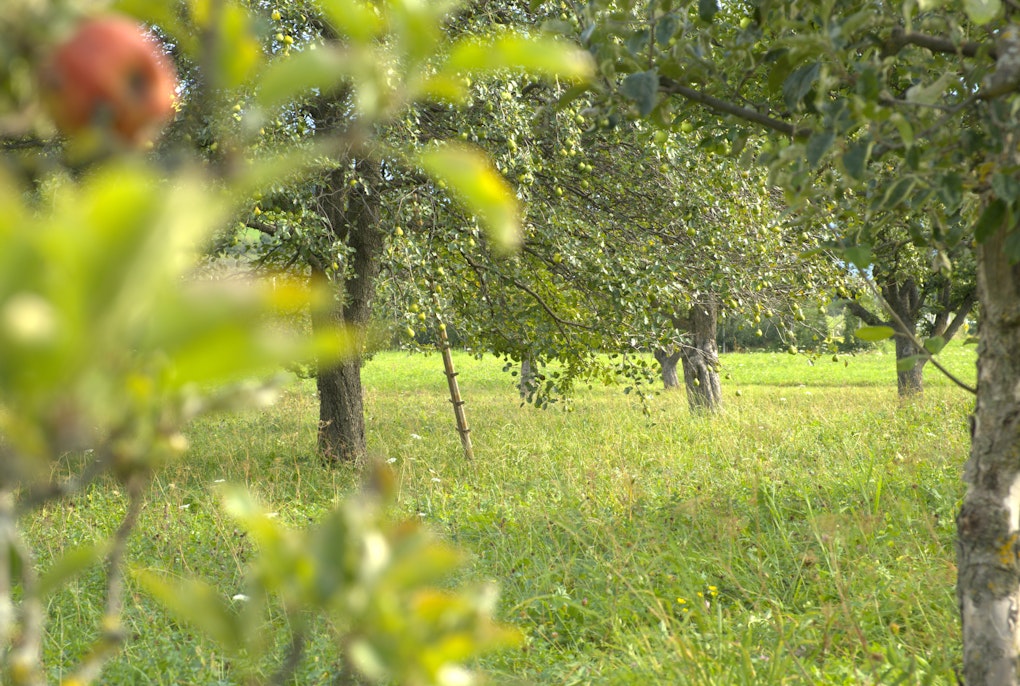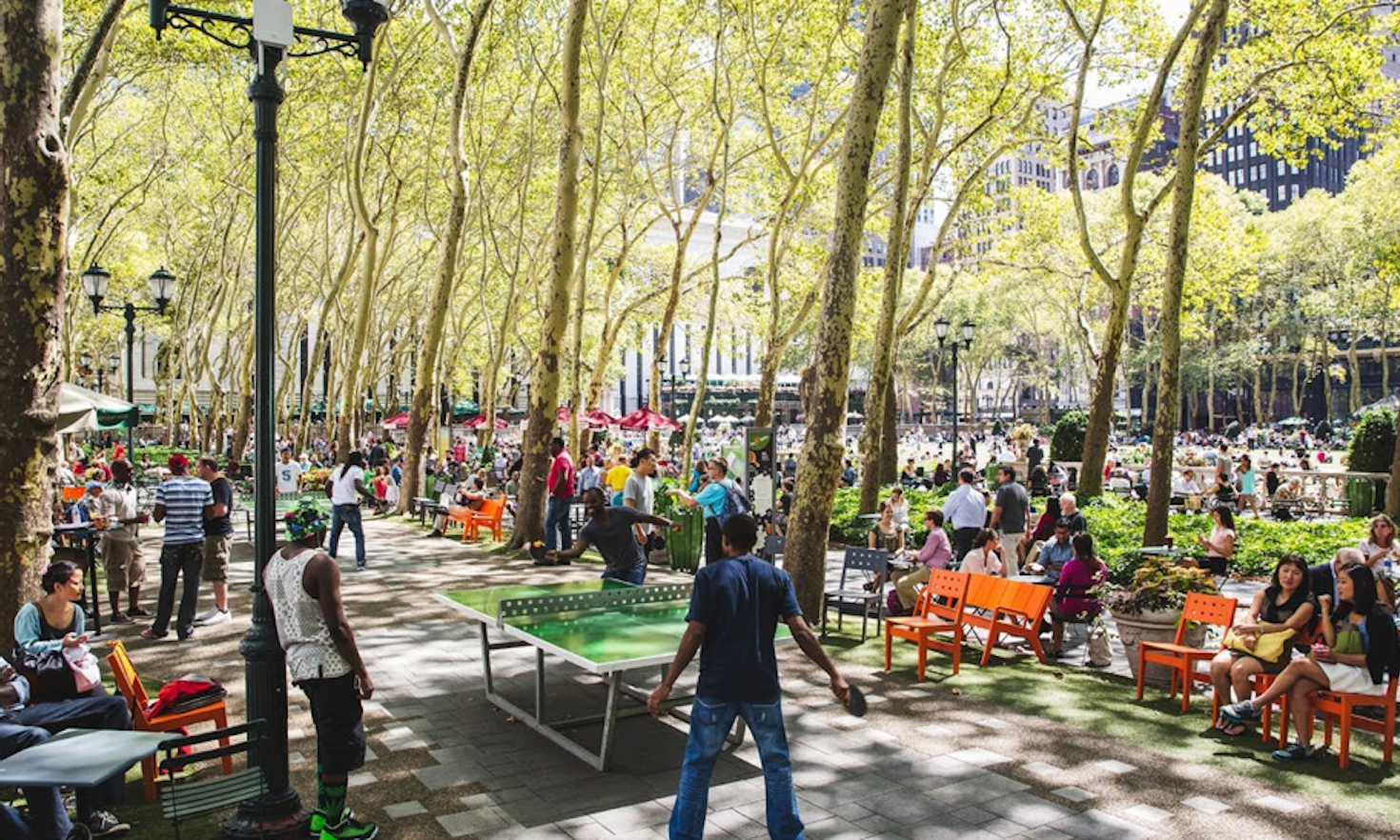
Frutticoltura estensiva
 Ricarda Schmidt
Ricarda Schmidt
Public spaces play a central role in the creation of livable and sustainable cities. They sustain social inclusion, cultural identity and the quality of live in the city. However, the simple fact that public spaces exist does say very little about the degree to which they contribute to urban sustainability. Public spaces are intended here as public goods accessible to all, democratic, where people can meet, walk, sit, talk and enjoy public life. In our contemporary cities, public spaces are not always attractive spots for the communities; in some cases, they are privatized, abandoned, contested, unsafe and much more. Yet, instead of improving people’s quality of life and contribute to the city´s livability, they generated insecurity and fear.
In order to contribute to urban sustainability, public spaces should be sustainable first. However, what do we mean by sustainable public spaces? In the existing debate on public spaces sustainability is rarely mentioned: Institutions and established programs worldwide (e.g UN-Habitat Global Program on Public Space; Project for Public Spaces) works towards achieving sustainable public spaces (e.g. Charter For Public Spaces; Global Public Space Toolkit) but the subject of sustainability remains absent. In the article “Urban mobility and public space. A challenge for the sustainable liveable city of the future”, published in the The Journal of Public Space, the authors suggest a definition and some common characteristics public spaces should have in order to be considered sustainable. Also, the authors propose some indicators experts (e.g. urban planner, city makers, policy makers, etc.) could use to measure public spaces sustainability; they serve to assess how existing public spaces really contribute to create safer, more inclusive and better cities. Below is the suggested definition of public space sustainability and some indicators to assess it.
The definition of sustainable public spaces the authors suggested is based on the concept of Sustainable Development contained in the Brundtland Report named ‘Our Common Future’ published in 1987. The authors argue: “sustainable public spaces are those able to preserve long-term usability, able to meet the needs of the present population without compromising the ability of future generations to meet their own needs”. In achieving this, public spaces should be sustainable in environmental, social and economic teems. Therefore, they have to be able to: a) make a sustainable use of natural resources and respect the protection of the local physical environment; b) promote social equity, socio-cultural diversity, interactions and social justice; c) enhance the local economy growth and economic self-sustainment. Given these considerations, the authors define a sustainable public space as “a space accessible to all, able to contain diverse behaviors, uses, activities and functions, well-designed and well-managed in respect of the local context, capable to provide comfort, vitality and to spur a successful urban life”.
Here we summarize some main dimensions of sustainable public spaces. The first dimension is accessibility and legibility which means making them available in different forms and types, easily accessible with different transport modes and by different groups of people. The second dimension is adaptability and resilience that is the ability to meet future needs and aspirations and adaptability. The third dimension is urban design and amenities that indicates principles of comfort and well design as well as the promotion of authenticity, safety and sociability. The last dimension is public life and refers to its ability to promote diversity of uses and functions, and the promotion of a vibrant urban public life.
Defining what sustainable public spaces are, is key to detect possible measurable indicators able to explain how they are performing and contributing to urban sustainability, as well as to identify their problems, relevant for urban planners, policy makers and place makers.
The Sustainable Development Goal 11, Target 11.7 aimed to: “By 2030, provide universal access to safe, inclusive and accessible, green and public spaces, in particular for women and children, older persons and persons with disabilities”. To achieve this and similar sustainable achievements, evaluating the quality e.g. how they are accessible and inclusive, and not just the quantity of public spaces become relevant. Some examples of measurable indicators in relation to the dimension accessibility and legibility are: number of entrances to public spaces; number access for people with disabilities/ senior citizens; connectivity with other public spaces, number of existing info panels in public spaces or around it. Concerning the dimension activity and public life, possible indicators are: quality of bike lines and lengths, bicycle rackets, number of social and cultural events organized, presence of street fairs, type of main uses and functions. All the suggested dimensions aim to assess different qualitative aspects of the public spaces, this ensuring a full understanding of how it is acting.
It is true that public spaces are tied to local specificities, cultures and identities and that they satisfy population needs differently; it is also true that a common general definition and measurable indicators could help to become more aware of the importance of public spaces in our city. All public spaces should contribute to create inclusive and equitable communities and thus fulfill their reason to be.
Author: Elisa Ravazzoli
Useful links
This content is licensed under a Creative Commons Attribution 4.0 International license except for third-party materials or where otherwise noted.